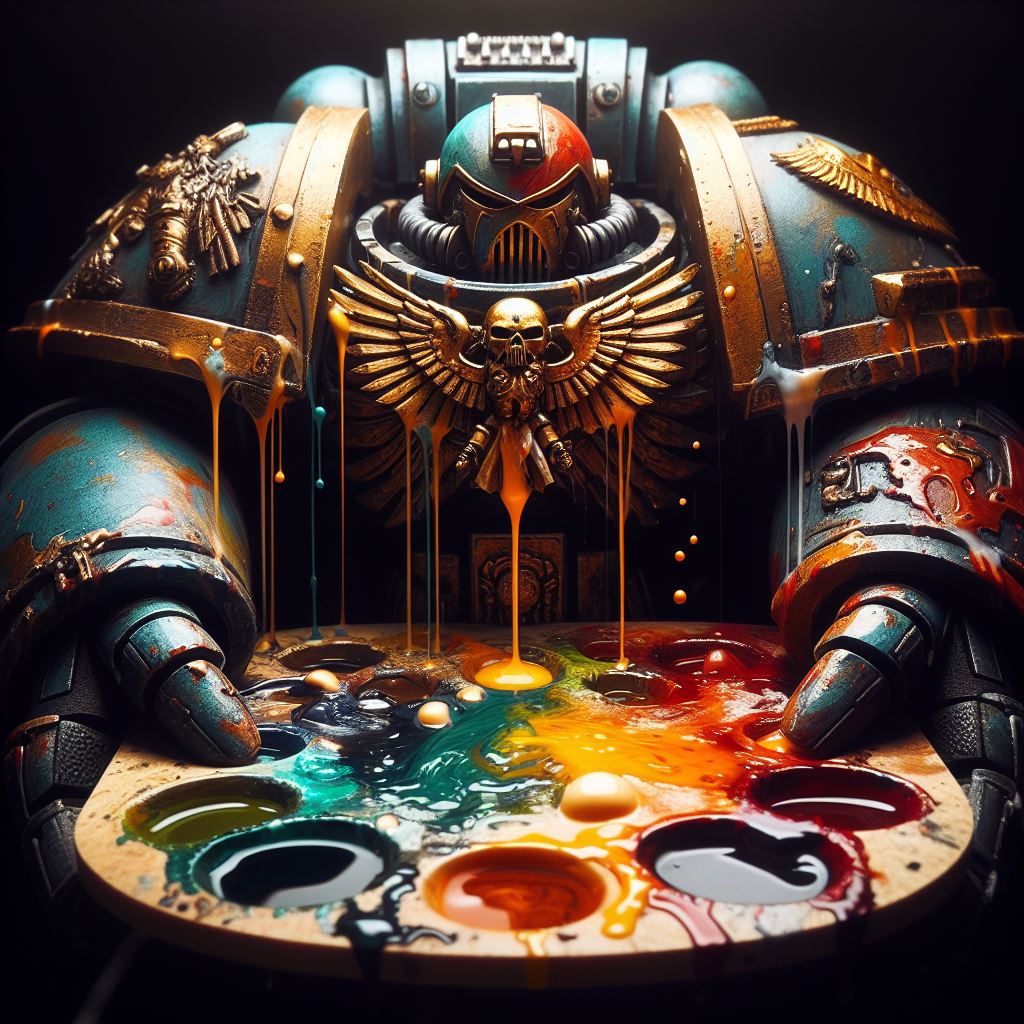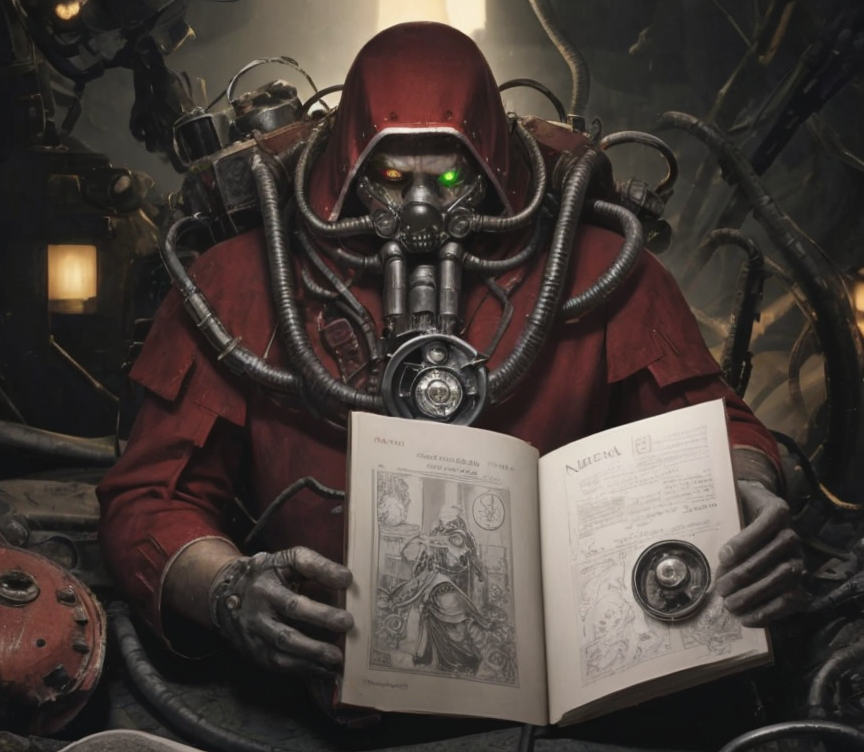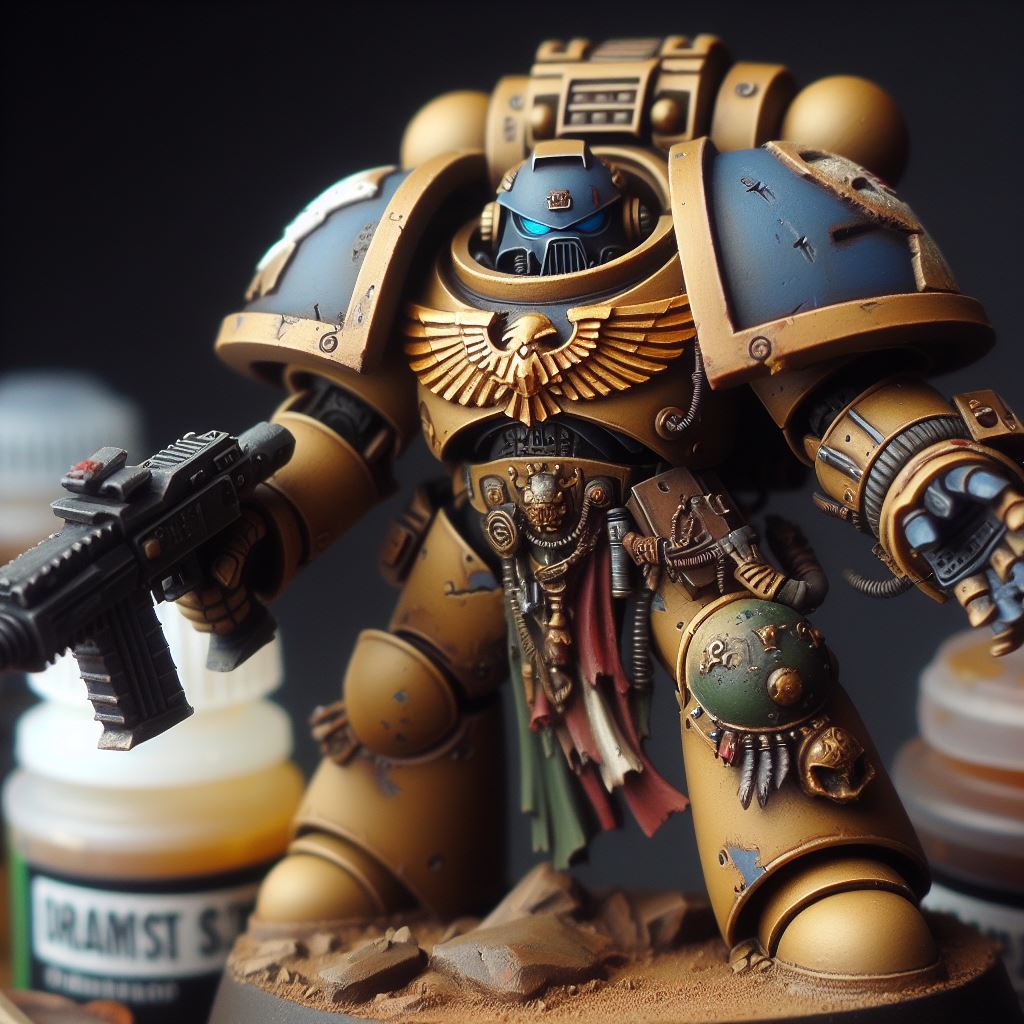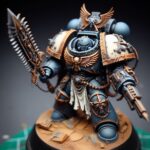How to Layer Paints for Miniatures: The Complete Guide
As a warhammer painter for over 20 years, I’ve mastered the intricate art of layering paints to create stunning, realistic miniatures. From shading and highlighting to advanced blending techniques, proper layering is the foundation for truly exceptional tabletop quality models that will impress opponents during gameplay.
In this comprehensive guide from our team at warhammeruniverse.com, I will breakdown everything you need to know about layering paints for painting miniatures.
How to Layer Paints for Miniatures: What is Layering?
Layering involves applying successive coats of thin, semi-opaque paint in smooth, even layers. Typically using a 1:1 paint-to-water ratio for optimal flow and coverage. The goal is to build up transitions, creating the illusion of light, shadows, and convincing gradients on the miniature.
Each layer covers a progressively smaller area, moving from dark to light. With enough thin coats, you can create extremely subtle, photorealistic effects. Much more realistic than a simple basecoat or heavy drybrushing alone can achieve.
Layering Setup
Brushes
While you can start with cheap craft brushes, upgrading to a quality kolinsky sable brush, like a Size 2 Raphael 8404, makes smoothing layers significantly easier. The fine tip enables precise control.
For 28mm models, a Medium Layer Brush handles most layering tasks. Use Small Layer Brushes for smaller details like buckles. Properly cleaning brushes extends their lifespan.
Read an overview here for Best Paint Brushes for Miniatures
Paints
Any quality acrylic paint will work. Citadel, Vallejo, P3, and Army Painter are excellent choices with high pigmentation. We recommend avoiding cheap craft paints that can be troublesome.
Investing in a starter paint set from Citadel, Vallejo saves money compared to individual bottles. We also rely heavily on Citadel’s Lahmian Medium to thin paints and create smooth glazes.
Palette + Water Pot
Use a wet palette for thinning paints. We have a tutorial on creating an easy, inexpensive wet palette using household materials. Have a cup or pot of clean water handy for wetting brushes.
Read a guide here on Best Wet Palette for Miniature Painting
How to Layer Paints for Miniatures: Layering Tutorial
Follow these steps to apply proper layering on a miniature:
1. Base Layer
Paint the area with a thinned layer of the darkest tone you intend to use. Allow to fully dry before continuing. This becomes your shadow color.
2. Prepare Paints
On your palette, place dabs of the base and highlight colors you wish to transition between. Thin them slightly with water or Lahmian Medium at a 1:1 ratio.
3. First Layer
Create a mix slightly lighter than the base color by blending in some highlight color. Apply this midtone onto areas where light would naturally hit, avoiding the deepest recesses.
4. Build Layers
Continually mix in more highlight color and apply these progressively lighter tones onto the miniature. With each step, cover a slightly smaller area to create a smooth fade from dark to light.
Allow each layer to dry before adding the next. A hair dryer speeds up the process.
5. Final Highlights
Use 100% highlight color with no mixing for the most exposed, brightest areas like armor edges or nose ridges. Apply sparingly.
6. Blend Layers (Optional)
If transitions seem too stark, glaze areas between layers with very thinned paint to smoothly blend them together.
Finish by sealing the model with varnish!
Layering Tips
- Experimentation is key. Every artist has a unique approach. Play with colors and make mistakes.
- Study works by talented painters online or in gaming shops for fresh inspiration.
- Don’t fret over errors. Analyze them to improve. Progress requires practice.
- Quality tools make all the difference. Invest in a top-notch brush that holds and applies paint smoothly.
- Apply multiple thin layers for realism rather than one thick coat. Patience pays off.
How to Layer Paints for Miniatures: Advanced Blending Techniques
Once you have basic layering down, taking the technique to the next level by blending layers creates truly seamless, pro-tier gradients.
While more time consuming than basic layering, the results are exceptional. There are a few approaches:
Wet Blending
Involves mixing two colors on the model itself while both are still wet. Chaotic, but quick results.
Loaded Brush
Load a bit of both colors on opposite sides of your brush tip. Apply gently in one stroke, letting the paint mix blend.
Layer Blending
My preferred method. Apply countless layers of extremely thinned translucent paint, expanding each layer while leaving some of the last visible to build a smooth fade. More gradual control.
How to Layer Paints for Miniatures: How to Blend with Layers
Not sure what blending is? Read our guide here for How To Paint Blend for Miniatures
Follow these steps for seamless layer blended gradients:
1. Basecoat
Start with an undercoat corresponding to your darkest tone. For brighter colors, use a midtone basecoat before blending down into shadows.
2. Paint Mid-Tone
Apply first layer of your primary color, keeping it relatively concentrated so layers below show through. Use less water than usual.
3. Expand Layers
Continually apply thinner layers, starting them further into the underlying basecoat each time, and pulling upwards into highlights.
This both lightens and smooths layers beneath for a clean blend. Remember to allow some underlying area to show through with each pass.
4. Shade Layers
Switch to shader color. Starting from mid-tone area, pull thin transitional layers down into base shadows. Repeat until smooth.
5. Highlight Layers
Same idea highlighting up into brightest tones. Apply multiple thin layers focused on the outer edges.
6. Evaluate Blends
View the miniature from a normal tabletop distance. Imperfections less noticeable from afar. Avoid overworking areas to fix minor issues.
How to Layer Paints for Miniatures: Blending Tips
- Start attempting layer blending on smaller details first before tackling large armor plates.
- Very thinned paint should appear translucent and make your brush look wet. Adjust thinness as needed per color.
- Begin brush strokes where you want the least paint deposited, ending the stroke where most should transfer.
- Colors like red and flesh blend more easily than problematic colors like yellow or white that take more layers to hide underlying tones.
- Contrasting undertones in base and layer colors can help create rich, vibrant blends. Don’t be afraid to experiment with paint combinations.
Conclusion
Looking for more paints to buy? Check out this link for The Best Miniature Paint Sets For Warhammer
With the right supplies and some determination, layering miniatures as detailed in this guide will rapidly improve the realism of your models through the creation of convincing highlights, shadows, and stunning blended gradients.
While advanced techniques take time and practice to master, don’t let that intimidate you. Skill comes from repeated experimentation and learning from failures, so be bold with colors and brushes alike.
Soon your own meticulously layered and blended tabletop minis will be marveling opponents during intense gameplay. Just don’t forget to protect them with a nice varnish afterwards!
Zumikito Miniatures also has a great video on Layering!
The journey of artistic improvement is a rewarding one.










